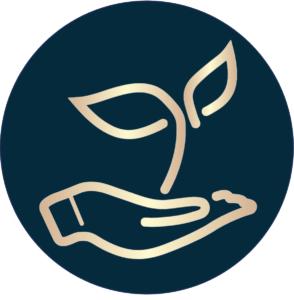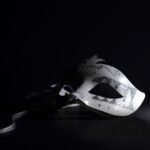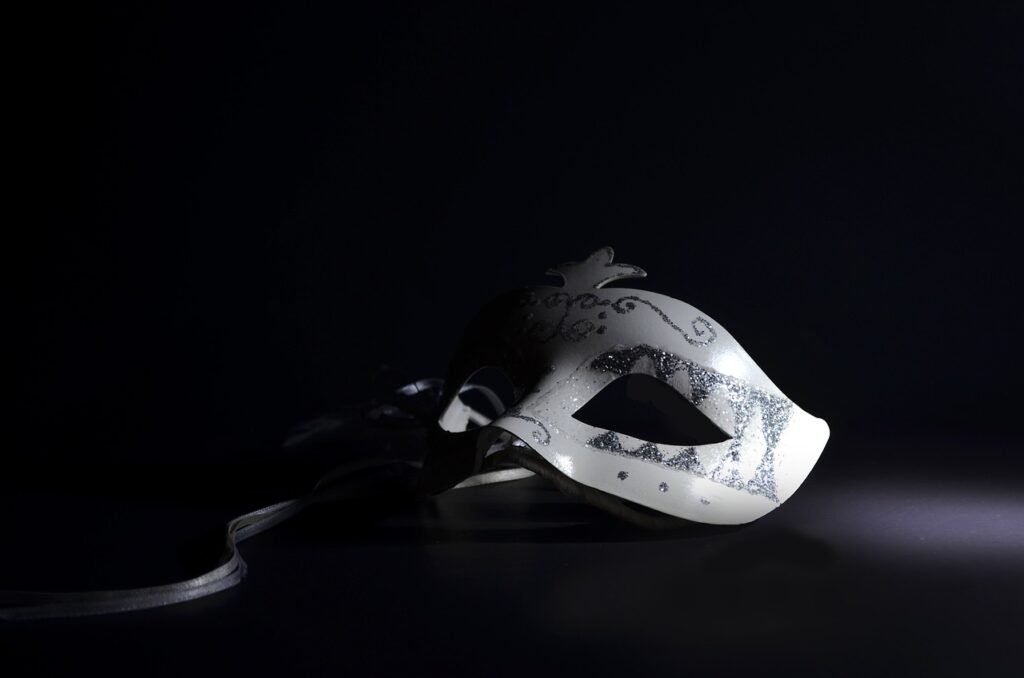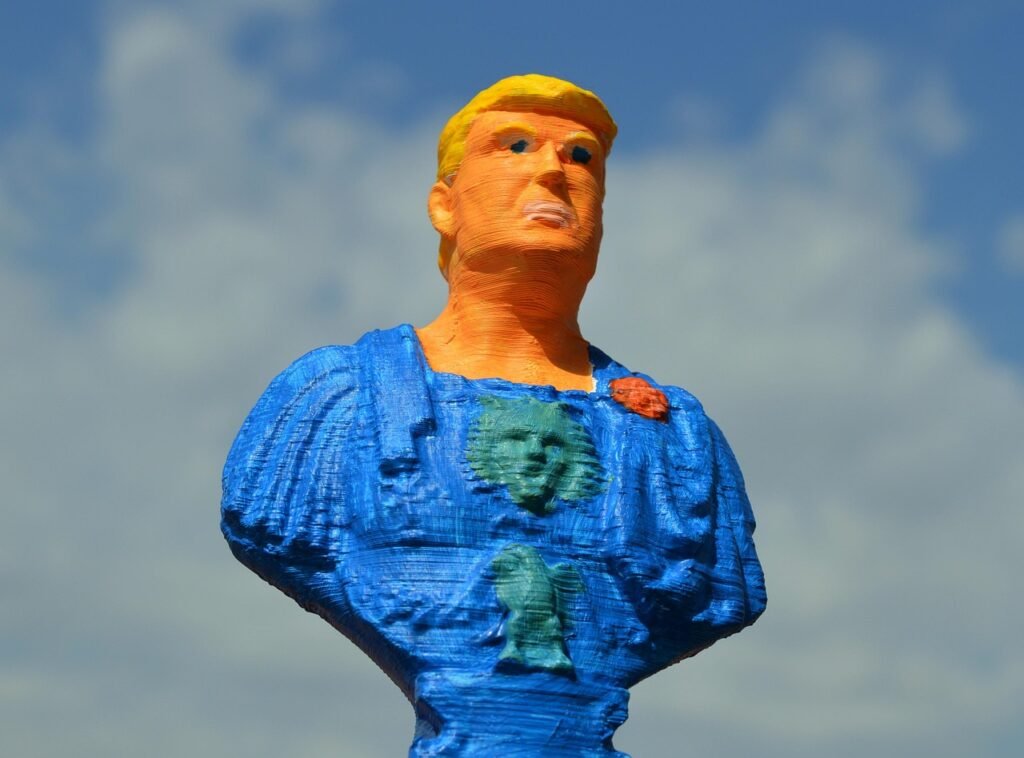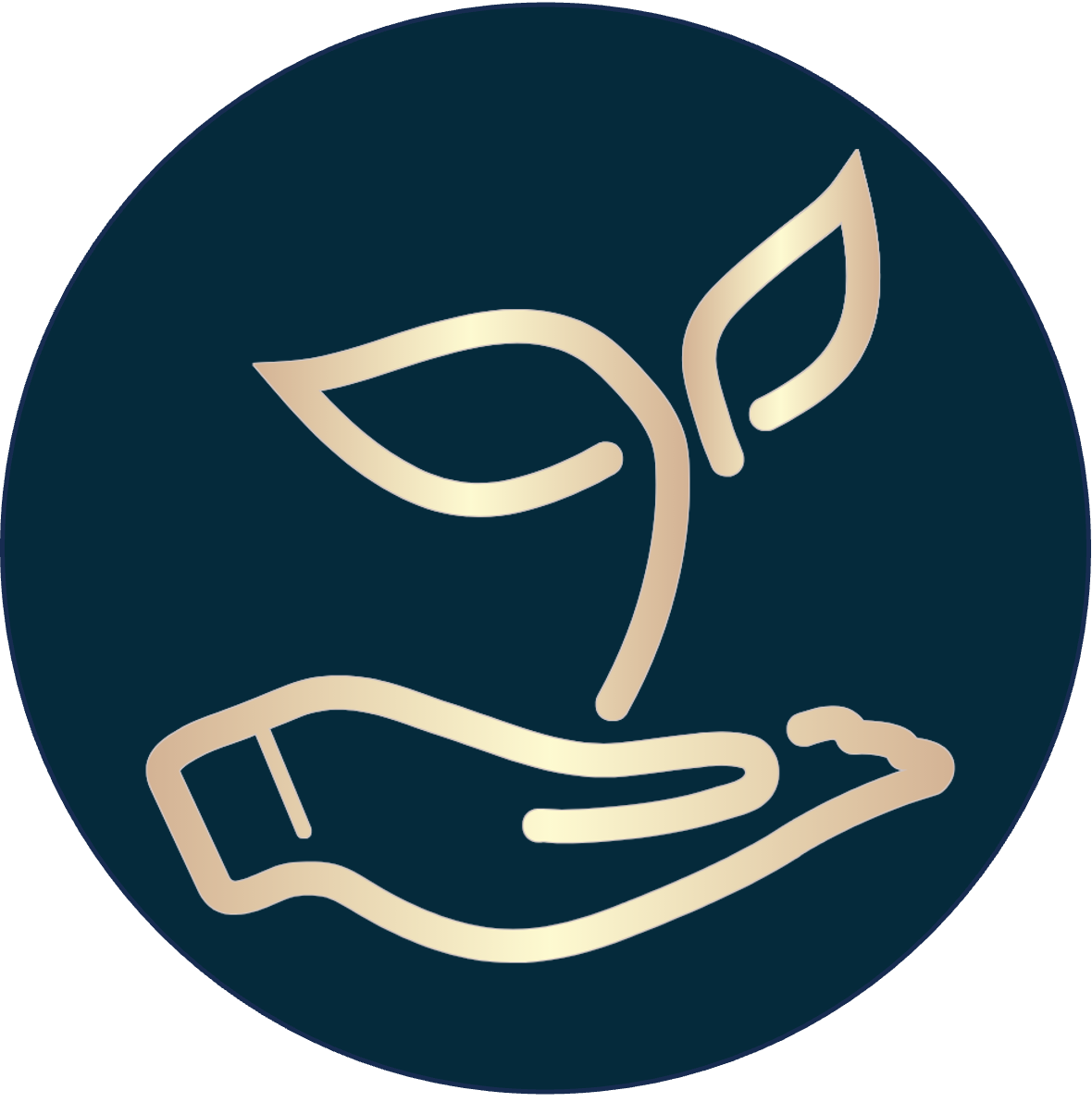
On the eve of yet another annual ring, an old oak-like me tends to build in a moment of reflection. It is my great pleasure to share that moment with you. Read and enjoy. Consider, perhaps, that the potential for consciousness growth is the ultimate distinction between man and animal.
That morning … While taking a break from my morning run, I hear one cyclist say to his companion: my daughter has lost her husband, she’s going through deep mourning. The man shares his sorrow. He feels his daughter’s pain. Feeling and sharing. Sharing leads to healing, little by little.
Enjoying cycling or another form of body moving brings the autonomic nervous system into the ventral vagal state. According to Stephen Porges’ recent polyvagal theory, only this state allows a human organism to physically release mental pain. It goes without saying that the condition of safety and trust must be fulfilled. Releasing is unloading and unloading is healing. What is healed is ready to leave the (nervous) system.
Body and mind are inextricably linked. Those who do not see the link, usually as a result of overspecialization and the associated tunnel vision, can’t but resort to medication – prescribing or using. Unfortunately, medicalization adds more damage than it takes away. When you look at mind and body as a whole, you see much more. Chronic pain – in its broadest sense – often points to traumatic pain.
‘Every human being has a true, genuine, authentic self. The trauma is the disconnection from it, but the healing is the reconnection with it.’
Dr. Gabor Maté
Traumatic pain
Trauma is usually defined as an event or a series of events experienced as emotionally or physically damaging or even life-threatening. However, this is only half the truth. There is something, a kind of residue, constantly influencing the present, i.e. traumatic pain. Thus, trauma represents the pain accumulated by the traumatic experiences and left behind in the body. This traumatic pain is trapped in the nervous system. From then on, it will speak from within and it will never stop from speaking until you are willing to listen to it. This chronic pain comes to tell you something. A woman once told me that she felt like she was wearing a suit of armour with barbed wire inside. Others tell about a massive skin rash.
Trauma has many adverse effects on our functioning and on our physical, mental, emotional, social and spiritual well-being. It is at the root of many physical complaints. Complaints or symptoms are signals. It is essential to see them this way and then look further. The signs can shed light on the trauma, but unfortunately, this rarely happens, because of the (rational) belief in the separation between body and mind. Belief creates blindness.
Traumatic experiences are something typically human, although our four-legged friends also experience them. The difference is that animals immediately shook off the traumatic stress. Notice how your dog or cat naturally vibrates the stress away. They release the stress. We humans rarely, if ever, do this unless we can still flee from the threat. Then the energy (survival energy, Peter Levine) is released that would otherwise get stuck and lead to blockages, with all the associated consequences. Fortunately, nowadays there are good methods to get rid of blockages: TRE (Tension, Trauma and Stress Release Exercises), Neurogenetic Yoga, EFT (Emotional Freedom Techniques), acupuncture, dancing, exercise, in short everything that has to do with discharge.
Trauma is part of a man like the colour green is with a head of lettuce, and there are as many leaves as there are dimensions. To begin with, there is evolutionary trauma: it is inherent in being human. It is part of the reptilian brain. There is a lot of collective trauma, resulting from all kinds of major historical events and disasters. Thomas Hübl wrote very interesting things about it – see Healing Collective Trauma, A Process for Integrating our Intergenerational and Cultural Wounds (2021) among others. Transgenerational trauma refers to the descendants of the person who suffered the original trauma. The offspring will not necessarily develop the same complaints or disorders, but they will be more vulnerable to anxiety, stress and depression. Trauma also enters your system through the family bond, of course.
In the beginning
Individual trauma, including developmental trauma, is usually formed very early. It starts before birth. For example, the feeling of not being wanted is already internalized via the mother. Perhaps during the pregnancy, the dominant father yelled: I don’t want this baby. For a child this is devastating: I can’t be there, so I don’t really exist and yet I have to survive. Taking this as an unconscious belief is dramatic, sometimes for a lifetime. It gets much worse later with psychological or sexual abuse. Also crippling is the voice that commands: you must be silent when the adults speak. If you have to listen to this over and over, you want to become small and invisible out of self-preservation. After all, you are not important enough in the eyes of those on whom you depend. This too hits like a bomb: what a shame you’re a girl. It will make you feel ashamed or guilty. You may be bullied about it. Bullying was and still is a real plague. It means you don’t really belong. Perhaps her father came from an authoritarian family, in which he was not allowed to be a child himself, and therefore behaves very dominantly. As a result, you are not allowed to be a child yourself. You skip your childhood. These are reasons to protest vigorously as soon as possible.
“We know that there is a link between stress in young children and an increased risk of chronic pain later in life. Presumably, the immune system and the stress system are being fundamentally disrupted.”
Hans De Loof (pharmacologist University Antwerp) in Psyche&Brain (02/2020)
More often than we think, a child has to endure experiences that it is not yet able to withstand. More than we realize as adults, the child’s brain experiences events or situations as life-threatening. There is no sense of time yet and the filtering prefrontal cortex develops very slowly. The body, on the other hand, stores all memories, including non-narrative memories. The body, and more specifically the nervous system, will build up its own memory. Just read the book The Body Keeps The Score (2014) by psychiatrist and trauma expert Bessel van der Kolk. The impact of this memory, in the form of blocked energy, only becomes apparent much later in life. Also read When The Body Says No, The Cost of Hidden Stress (2003) by Gabor Maté.
“Trauma is the invisible force that shapes our lives. It shapes the way we live, the way we love and the way we make sense of the world. It’s the root of our deepest wounds. dr. Maté gives us a new vision: a trauma-informed society in which parents, teachers, physicians, policy-makers and legal personnel are not concerned with fixing behaviour, making diagnoses, suppressing symptoms and judging, but seek instead to understand the sources from which troubling behavior and diseases spring into the wounded human soul. He points us to the path of individual and collective healing.”
Dr. Gabor Maté
Trauma injuries
When early childhood needs are not met or insufficiently met – through real presence, adequate emotional response and empathy – a child will adapt. To survive, it takes the position of ‘adapted child’ (transactional analysis). The naked truth for a child is that his needs will never be met. This truly represents the immense pain that a child cannot possibly handle. Yet the pain is there. At that point, the human psyche will set up some kind of defence mechanism. The defence will initially suppress the truth and later deny it. It’s a built-in coping mechanism. Nothing to feel guilty about. In the crazy times we live in, the defence or coping is very often perfectionism. This unconscious pattern provides the perfect defence against a hurt self-image and the pain that comes with it.
A human being can suffer many traumatic injuries: being mentally absent, fleeing in being always busy, compulsive behaviour, uncontrollable urge to control, irritability, AD(H)D, toxic guilt and shame, worrying, perfectionism (the holy grail), procrastination, post-traumatic stress, compulsive behaviour, constant seeking attention or admiration, self-mutilation, anorexia, and so on. Burnout also fits into this nearly endless list. Burnout is the failure of the defence mechanism. In semantics, this is called a signal with a meaning.
‘The signature of trauma is absence’
Thomas Hübl
According to the polyvagal theory (Stephen Porges, 2011), being mentally absent or dissociated is equivalent to the lack of the ventral vagal mode of the nervous system. According to Porges, trauma traps you in a state of dorsal vagal collapse. Collapse implies a lowered consciousness. Connecting conversation is therefore not possible. Insufficient energy flows through the system to allow self-regulation (connection with yourself) or co-regulation (connection with others). This mental absence is a form of defence against the traumatic pain, comparable to the numbing function of alcohol. It’s a way of survival. In other words, trauma stands in the way of real life. In that sense, trauma is the ticket to the realm of the living dead.
“Trauma affects our ability to connect with others by replacing patterns of connection with patterns of protection. If those early childhood adaptive survival patterns are not resolved, they turn into habit patterns of the autonomic nervous system.”
Deb Dana
Absent in the here and now
Absent in always having to be busy
Absent in the pursuit of perfection
Absent in worrying
Absent in the collapse and addiction
Absent in the depressive mood
Absent in the compulsive behaviour
Absent in the unrealistic expectations
Absent in the anger
Absent in the self-blame or self-pity
Safe connection
Evolution teaches that a person cannot live alone. That is why it is so painful to feel truly alone in this world. The human organism is so wired to seek safety in the presence of the other. Presence is therefore the sine qua non of life. Only in the safe presence of the other can a human being feel his own traumatic pain. To feel is to discharge and to heal. As long as you don’t get rid of this pain, life will pass you by. But don’t worry, your body will give you regular signals, maybe every day, until you have to admit, totally exhausted: I really can’t anymore.
Invisibly, every person accumulates traumatic pain. We all need compassionate witnesses. We all need someone who sees and acknowledges our pain. Otherwise, we are forever trapped in the role of lone witnesses to our own pain. Only by becoming aware of the patterns that shield the traumatic pain can the nervous system start to create space around it. This is where the path of liberation begins. It is the basis of the therapeutic relationship, but it is also the basis of being human.
At my age – Finding Meaning In The Second Half Of Life (James Hollis, 2005) – I make it a mission to give people safety and confidence so that they can discharge and heal. This is the path from survival to real life. By the way, don’t be fooled that the so-called spiritual bypassing would help you further on this path. No one can get around traumatic pain by suddenly seeing the spiritual light. Sometimes there is actually no difference between spiritual and commercial.
